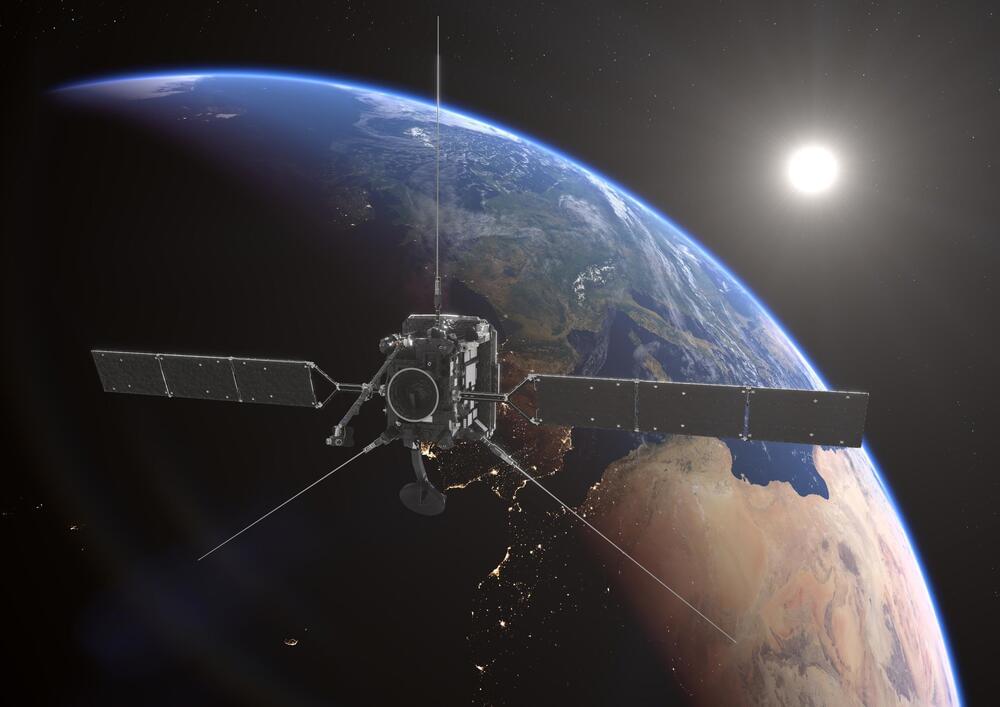The chance that ESA’s Solar Orbiter spacecraft will encounter space debris during its upcoming Earth flyby is very, very low. However, the risk is not zero and is greater than any other flyby ESA has performed. That there is this risk at all highlights the mess we’ve made of space – and why we need to take action to clean up after ourselves.
On November 27, after a year and eight months flying through the inner Solar System, Solar Orbiter will swing by home to ‘drop off’ some extra energy. This will line the spacecraft up for its next six flybys of Venus.
Venus, the second planet from the sun, is named after the Roman goddess of love and beauty. After the moon, it is the second-brightest natural object in the night sky. Its rotation (243 Earth days) takes longer than its orbit of the Sun (224.7 Earth days). It is sometimes called Earth’s “sister planet” because of their similar composition, size, mass, and proximity to the Sun. It has no natural satellites.
